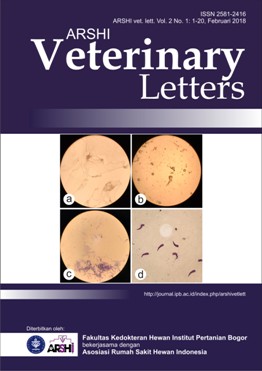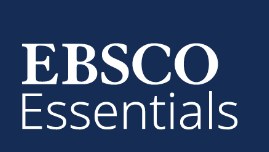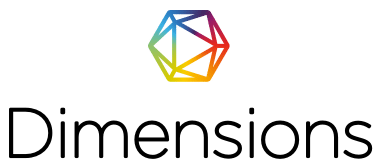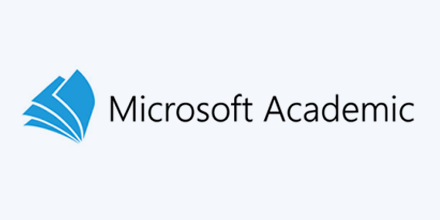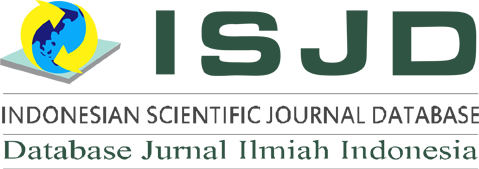Sonometri fetus kambing kacang usia 7 minggu hasil superovulasi menggunakan hormon PMSG
Abstrak
Teknologi superovulasi dapat dimanfaatkan untuk meningkatkan sekresi endogen hormon kebuntingan. Salah satu manfaat dari peningkatan sekresi endogen hormon kebuntingan adalah perbaikan perkembangan lingkungan uterus selama kebuntingan. Kambing Kacang betina sebanyak 8 ekor dan telah dewasa kelamin dengan bobot rataan 22 kg dibagi ke dalam dua kelompok yaitu kelompok kontrol (tidak disuperovulasi) dan kelompok superovulasi menggunakan hormon Pregnant Mare Serum Gonadotropin (PMSG) dengan dosis 15 IU/kgBB. Kambing Kacang percobaan diserentakkan berahinya menggunakan PGF2α sebanyak 2 kali dengan selang 11 hari. Penyuntikan PMSG dilakukan bersamaan dengan penyuntikan PGF2α kedua pada kelompok superovulasi. Setelah berahi, semua kambing dikawinkan secara alami dengan pejantan pilihan. Fetus kemudian diukur secara ultrasonografi (USG) pada usia kebuntingan 7 minggu. Hasil pengukuran menunjukkan kelompok Kambing Kacang hasil superovulasi memiliki ukuran fetus yang lebih panjang daripada kelompok kontrol (P<0.05). Ukuran diameter amnion terpanjang dan terpendek serta tebal dinding uterus terlihat cenderung meningkat pada kelompok superovulasi dibandingkan dengan kelompok kontrol (P>0.05). Kesimpulan penelitian ini adalah superovulasi pada induk Kambing Kacang mampu meningkatkan pertumbuhan fetus sampai dengan usia kebuntingan 7 minggu.Unduh
Referensi
Andriyanto, Manalu W. 2011. Increased goat productivity through the improvement of endogenous secretion of pregnant hormones by using follicle stimulating hormone. Anim Prod. 9(2):89-93.
Andriyanto, Amrozi, Rahminiwati M, Boediono A, Manalu W. 2017. Optimum dose and time of pregnant mare serum gonadotropin injections in Kacang goats to increase endogenous secretion of estrogen and progesterone without superovulation response. Small Rumin Res. 149:147–153.
Bazer FW, Song G, Kim J, Dunlap KA, Satterfield MC, Johnson GA, Burghardt RC, Wu G. 2012. Uterine biology in pigs and sheep. J Anim Sci Biotechnol. 3(1):23.
Cooke PS, Spencer TE, Bartol FF, Hayashi K. 2013. Uterine glands: development, function and experimental model systems. Mol Hum Reprod. 19:547–558.
Fowden AL. 2003. The insulin-like growth factors and feto-placental growth. Placenta. (8-9):803-812.
Gonzalez-Bulnes A, Pallares P, Vazquez MI. 2010. Ultrasonographic imaging in small ruminant reproduction. Reprod Domest Anim. 45:9–20.
Jansson T, Powell TL. 2007. Role of the placenta in fetal programming: underlying mechanisms and potential interventional approaches. Clin Sci (Lond). 113(1):1-13.
Manalu W, Sumaryadi MY. 1998. Maternal serum progesterone concentration during pregnancy and lamb birth weight at parturition in Javanese Thin-Tail ewes with different litter sizes. Small Rumin Res. 30:163–169.
Manalu W, Sumaryadi MY, Sudjatmogo, Satyaningtijas AS. 2000. Effect of superovulation prior to mating on milk production performances during lactation in ewes. J Dairy Sci. 83: 477-483.
Sferruzzi-Perri AN, Vaughan OR, Forhead AJ, Fowden AL. 2013. Hormonal and nutritional drivers of intrauterine growth. Curr Opin Clin Nutr Metab Care. 16(3):298-309.
Copyright (c) 2018 CC-BY-SA

This work is licensed under a Creative Commons Attribution-ShareAlike 4.0 International License.
Authors who publish with this journal agree to the following terms:
1. Authors retain copyright and grant the journal right of first publication with the work simultaneously licensed under a Creative Commons Attribution License that allows others to share the work with an acknowledgement of the work's authorship and initial publication in this journal.
2. Authors are able to enter into separate, additional contractual arrangements for the non-exclusive distribution of the journal's published version of the work (e.g., post it to an institutional repository or publish it in a book), with an acknowledgement of its initial publication in this journal.
3. Authors are permitted and encouraged to post their work online (e.g., in institutional repositories or on their website) prior to and during the submission process, as it can lead to productive exchanges, as well as earlier and greater citation of published work (See The Effect of Open Access).

